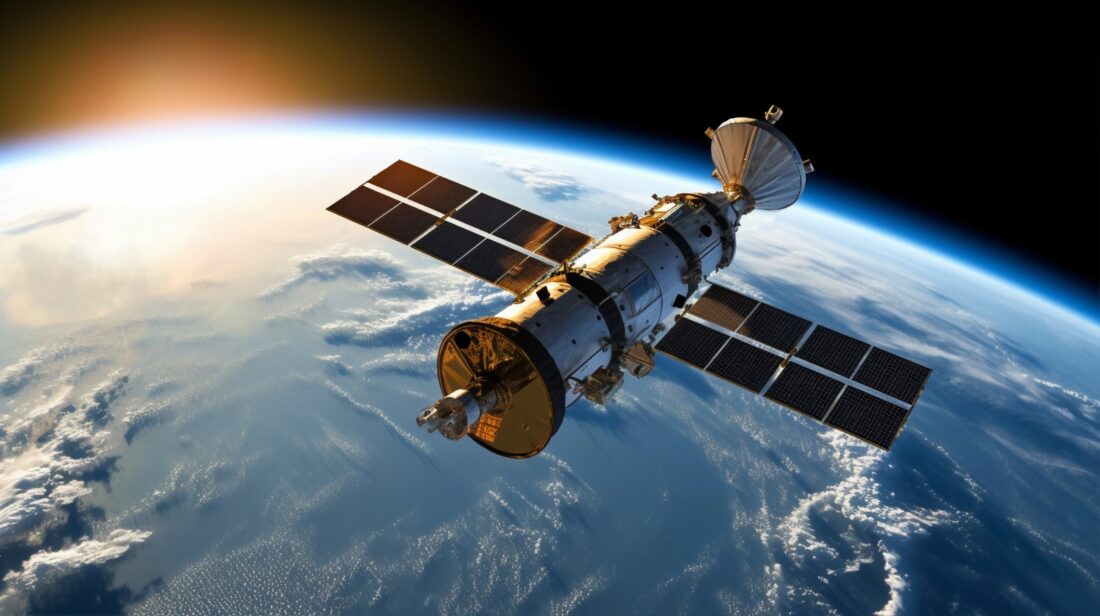North News
New Delhi, January 29
The Earth’s magnetic field is shifting, and new research has found that this change is influencing the behavior of charged particles in the planet’s magnetosphere. A study led by researchers at the Indian Institute of Geomagnetism has shown how the north magnetic pole’s movement from Canada to Siberia is altering the altitudes at which these particles, responsible for phenomena like the Northern Lights, penetrate the Earth’s atmosphere. This discovery is crucial for improving space weather predictions and safeguarding satellite operations.
The north magnetic pole has been slowly drifting for over a century. Once positioned in Canada, it has now moved towards Siberia at an accelerating rate of around 50 kilometers per year. While this shift might seem like a minor geographic change, it has significant consequences for the movement of charged particles in space, particularly in the Earth’s radiation belts. These energetic particles, such as protons and electrons, are heavily influenced by the magnetic field and their paths vary depending on its strength and shape.
Researchers simulated the trajectory of these particles using advanced models based on the International Geomagnetic Reference Field (IGRF-13) to observe how the magnetic pole’s drift has affected the penetration of these particles. The study, published in Advances in Space Research, revealed that in the early 20th century, the magnetic field in Canada was strong enough to keep charged particles at higher altitudes. However, as the pole shifted toward Siberia, the magnetic field in Canada weakened, and the field in Siberia grew stronger.
The results showed that the penetration altitudes of energetic particles over Siberian longitudes increased by as much as 400 to 1200 kilometers. This shift is due to the stronger magnetic field gradients in Siberia, which interact with the Earth’s ambient magnetic field, creating forces that push the charged particles outward, preventing them from approaching Earth.
This change in particle dynamics could have serious consequences for satellite systems, especially those in polar orbits. As these satellites pass through regions affected by the shifting magnetic field, they may experience varying levels of drag, which is caused by changes in atmospheric density. This is due to the heating of the atmosphere by the high-energy particles colliding with atmospheric elements. The increased drag and heating can alter satellite paths, potentially affecting their functionality and longevity.
Understanding these shifts is vital for the continued operation of satellite systems and for improving space weather forecasts, which are essential for predicting solar storms and protecting vital communication infrastructure.
















